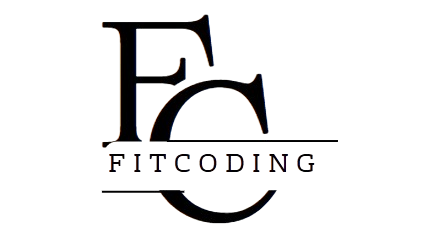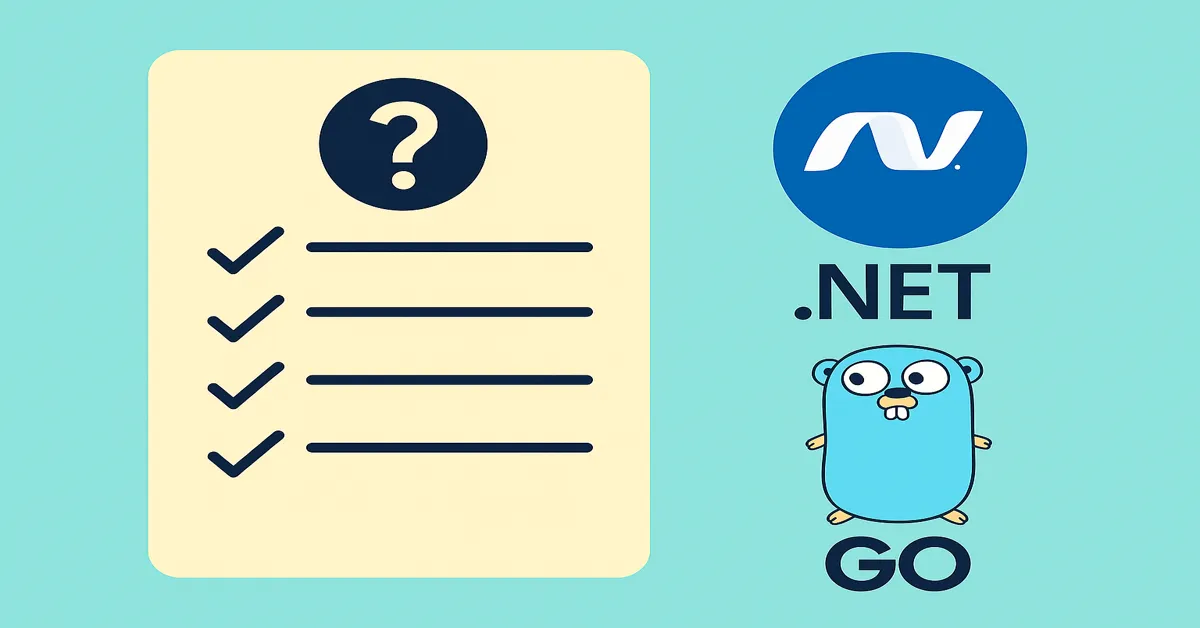In today’s competitive hiring landscape, developers face more than just coding tests—they face scrutiny on architecture, problem-solving, and real-world experience. Whether you’re preparing for a .NET or Golang (Go) engineering interview, the kinds of questions you’ll encounter span across syntax, patterns, performance, concurrency, and systems thinking.
This article dives deep into the 30 most frequently asked and relevant interview questions in both .NET and Go. These are not surface-level trivia, but the types of questions that signal readiness for production environments, team collaboration, and modern software challenges.
Section 1: .NET Interview Questions (15 Total)
1. What is the CLR and how does it relate to the .NET runtime?
Answer: The CLR (Common Language Runtime) is the execution engine of the .NET framework, responsible for memory management, exception handling, and code execution.
2. What are value types and reference types in .NET?
Answer: Value types store data directly (e.g., int, struct), while reference types store pointers to the actual data (e.g., class, string).
3. Explain the difference between Task and Thread.
Answer: A Thread represents a physical OS thread, while a Task is a higher-level abstraction for asynchronous programming managed by the Task Scheduler.
4. What is dependency injection and how is it used in ASP.NET Core?
Answer: Dependency injection (DI) is a design pattern that enables loose coupling. ASP.NET Core has built-in support for DI via the IServiceCollection and constructor injection.
5. What is the purpose of async and await keywords?
Answer: These keywords simplify asynchronous programming by allowing code to be written in a linear style while being non-blocking.
6. What is middleware in ASP.NET Core?
Answer: Middleware are components in the request pipeline that process incoming requests and outgoing responses. They enable logging, authentication, and routing.
7. How does garbage collection work in .NET?
Answer: .NET uses a generational garbage collector that categorizes objects into three generations to optimize memory cleanup.
8. What is the difference between IEnumerable and IQueryable?
Answer: IEnumerable executes queries in memory; IQueryable builds expressions to execute on the database via LINQ providers.
9. What are the main features of .NET 6 and .NET 8?
Answer: .NET 6 introduced Minimal APIs and performance enhancements. .NET 8 brought NativeAOT and even faster cloud-native capabilities.
10. What are the differences between abstract classes and interfaces?
Answer: Abstract classes can have implementation and fields; interfaces can’t (until default interface methods in later versions).
11. What is the role of Entity Framework Core?
Answer: EF Core is an ORM (Object Relational Mapper) for .NET, allowing developers to work with databases using C# objects.
12. What is a singleton in .NET DI and how does it differ from scoped or transient lifetimes?
Answer: A singleton creates one shared instance for the app’s lifetime. Scoped creates per-request instances, and transient generates a new instance each time.
13. What is Blazor?
Answer: Blazor is a .NET framework for building client-side web UIs using C# instead of JavaScript.
14. Explain the difference between ref, out, and in parameters.
Answer: ref passes arguments by reference; out is used to return values; in is a readonly reference.
15. How do you implement logging in .NET Core?
Answer: Use the built-in logging APIs like ILogger<T>, with providers such as Console, Debug, or Application Insights.
Section 2: Golang Interview Questions (15 Total)
16. What makes Go a compiled language, and what are its advantages?
Answer: Go is statically typed and compiled to machine code, offering fast execution and portable binaries.
17. What are goroutines?
Answer: Goroutines are lightweight, user-space threads managed by the Go runtime. They enable massive concurrency at low cost.
18. What are channels in Go?
Answer: Channels are typed conduits through which goroutines communicate. They are a core part of Go’s concurrency model.
19. How does Go handle error management?
Answer: Go uses explicit error handling by returning error values. This approach avoids exceptions and enforces visibility of failure points.
20. What is the purpose of Go modules (go mod)?
Answer: go mod manages package dependencies and versions. It replaces GOPATH-based workflows and promotes reproducible builds.
21. How does garbage collection work in Go?
Answer: Go uses a concurrent, non-generational garbage collector designed to minimize pause times.
22. What are defer, panic, and recover in Go?
Answer: defer schedules a function to run after the current function ends. panic stops normal execution. recover is used to regain control after a panic.
23. What’s the difference between a slice and an array in Go?
Answer: Arrays have a fixed size. Slices are flexible, dynamically-sized views over arrays.
24. How do you create custom packages in Go?
Answer: Organize code into directories with a package declaration and expose public functions using capitalized names.
25. How is Go’s concurrency model different from multithreading in other languages?
Answer: Go uses green threads (goroutines) and channels to avoid shared memory, enabling safer, simpler concurrency.
26. How do you write unit tests in Go?
Answer: Place tests in _test.go files and use the testing package. Functions must start with Test and accept *testing.T.
27. What is Go’s philosophy on object-oriented programming?
Answer: Go uses composition over inheritance. Interfaces and structs allow OOP-like design without a class hierarchy.
28. What are the best practices for handling configuration in Go apps?
Answer: Use environment variables, flags, or configuration files. Libraries like viper help with layered configuration.
29. How does Go manage memory allocation for goroutines?
Answer: Each goroutine starts with a small stack (e.g., 2 KB) that grows dynamically, keeping overhead low.
30. What improvements came with Go 1.18+?
Answer: Generics were introduced, improving code reusability and type safety, along with improved compiler diagnostics and tooling.
Final Thoughts
These questions span the technical domains most developers will encounter when moving from theory into production software. Understanding not just how to answer them, but why they’re asked, prepares you for not only interviews but real-world decision-making.
Whether you’re building enterprise-scale systems in .NET or cloud-native services in Go, mastering these core concepts and their trade-offs is the difference between a coder and a software engineer.
Study them. Explore the principles behind them. And be ready not just to answer—but to engage in a conversation that shows depth, curiosity, and ownership.
Read:
Deep Inside of the .NET and Golang Platforms: A Technical Exploration
The History of .NET and Golang: Parallel Journeys in Software Evolution
A Comprehensive List of Where .NET and Golang Are Used: Mapping Real-World Applications
The Efficiency of .NET and Go (Golang) Coding: A Contemporary Technical Analysis
FAQs
1. What types of questions are commonly asked in .NET interviews?
Answer: .NET interviews often cover the CLR, async/await patterns, dependency injection, Entity Framework, middleware, and design patterns like Singleton or Repository.
2. What makes Golang interview questions different from typical language interviews?
Answer: Go interviews emphasize concurrency (goroutines, channels), memory efficiency, simplicity in design, error handling practices, and infrastructure-focused questions like CLI tools or microservices.
3. Should I focus more on theory or practical implementation for these interviews?
Answer: Both are important. Expect questions that test your understanding of core concepts as well as your ability to apply them in real-world scenarios, such as API building or handling concurrency.
4. Are Go and .NET questions mostly language-specific or system design-oriented?
Answer: While many questions are language-specific, mid-to-senior level interviews often include system design, architecture decisions, and performance trade-offs in .NET or Go contexts.
5. What’s the best way to prepare for .NET and Golang interviews?
Answer: Build real-world projects, read official docs, study common patterns, practic











